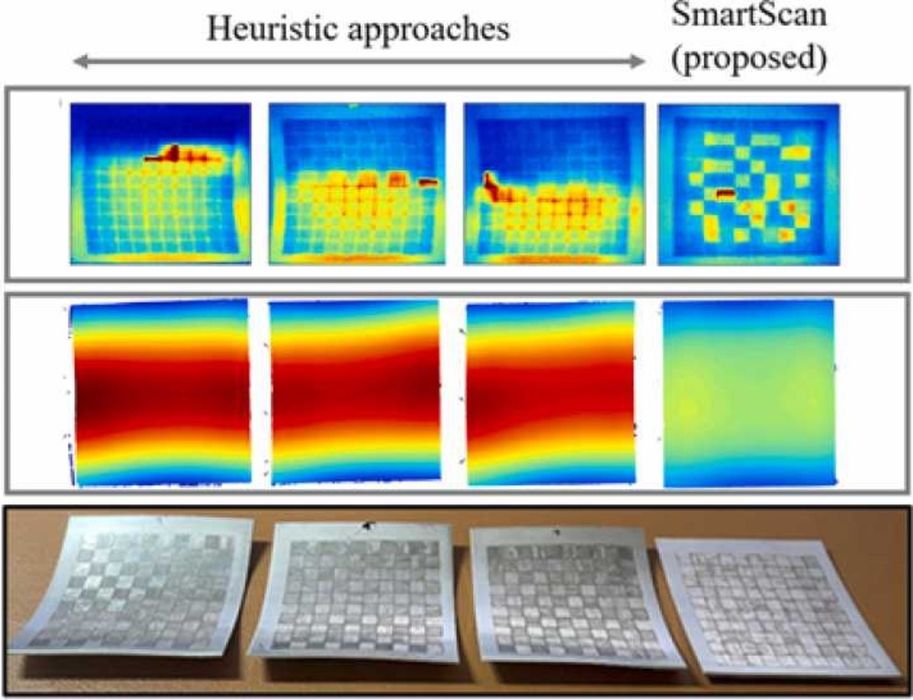
Researchers are developing an interesting system to dramatically improve print quality for metal 3D prints.
Metal 3D printing is a highly desirable activity because it produces end-use parts that can be used in real applications. This implies a level of production, where these useful parts are made in some volume, leading to larger profits than can be had with mere prototyping activity.
But metal 3D printing is an extremely challenging business, mainly due to thermal concern.
The problem is that metal powders must be raised to extreme temperatures before they melt and fuse together, which happens on each layer of a print job.
As the laser passes over the flat bed of powder, the “meltpool” moves along with it. The meltpool is at a significantly higher temperature than surrounding areas, and that heat attempts to disperse through the printed structure.
The result is typically a confusing flow of heat through the print during and after printing. This heat expands some portions, while others shrink as they cool. These expansions and contractions can be quite detrimental to the print’s geometry, as it literally ebbs and flows along with the heat.
In some cases we’ve seen software predict the inevitable warping, and then attempt to compensate by re-jigging the 3D model so that when the warping happens, it pushes the print into the actual desired shape. That’s how crazy it is.
This effect could be minimized if the thermal levels were as equal as possible across the print layer. Normally this isn’t the case because the laser might linger in one area completing a structure, but when it does so heat accumulates and takes longer to disperse.
The researchers attempted to resolve this by altering the scan path of the laser to ensure the heat is more even across the layer. This is done by avoiding the “lingering” activity and moving about more equally to each region.
Their solution is called “SmartScan”, which attempts to provide an optimal scan path for the laser. They explain:
“To address these weaknesses, we have articulated a vision for an intelligent scan sequence optimization approach to achieve uniform temperature distribution, hence reduced residual stresses and deformations, in PBF using physics-based and data-driven thermal models. This paper proposes SmartScan, our first attempt towards achieving our vision using a simplified physics-based thermal model.”
It’s a complex geometric puzzle to do this, but that’s the intelligence of SmartScan.
At top you can see how their software actually does manage to even out the heat
Their results are very impressive. They say they can improve thermal uniformity by 41%, and reduce part distortion by 47%.
This is an important result, as this work could be applied relatively easily to existing LPBF metal 3D printers: it’s software, not hardware.
I believe that if the researchers wanted to commercialize this technology, they would very quickly find many interested partners.
Via Science Direct
